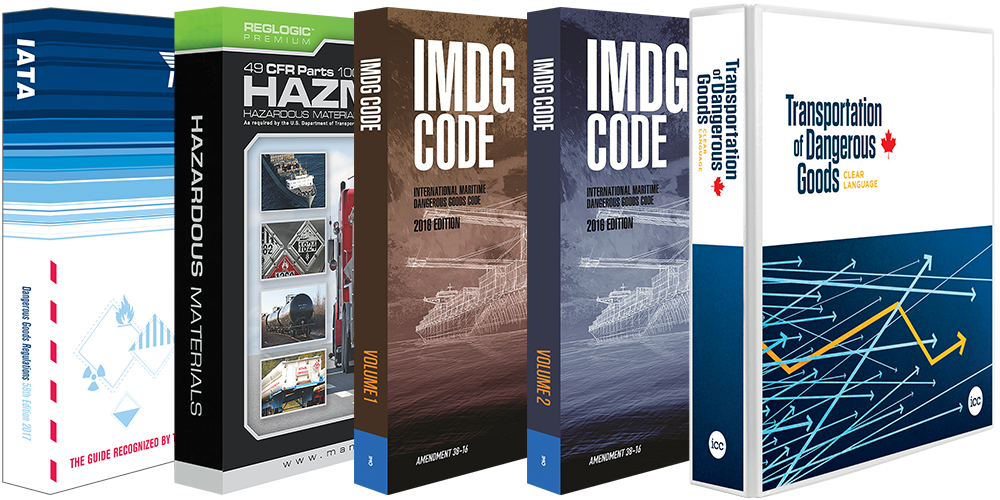
Terminology in Regulatory Manuals
Language, as defined by the Merriam-Webster dictionary, is the formal system of words or signs that people use to express thoughts and feelings. Learning a new language is often a complex undertaking. It is also a time that lends itself to funny stories. While living in Austria for a few years taking German lessons was part of our visa process. We were encouraged to practice often. On one of my first attempts was to buy a certain pretzel. Somehow my request came out as asking for the “slow one” rather than the “long one”. My husband told a co-worker he “believed” he was a pencil. While neither request caused harm, it was confusing to the German speakers who heard us. I mention this because the language of transport regulations can be confusing as well until you have a good handle on the language used in them.
Let’s take a look at two simple words. We will compare their “everyday” usage with how they are used for transporting hazardous materials or dangerous goods. The two words will be “should” and “may”.
Word #1: Should
In normal usage, this word indicates certain obligations or expectations. Take for example the statement, “John should be ready by now.” By using the word “should” in the sentence, the expectation is that John is ready or prepared for whatever situation he finds himself. In transport, this word takes on some slightly different meanings depending on the regulation.
- 49 CFR – US Ground: Per 171.9, the word “should” is used in a recommendatory sense. Meaning the shipper is not required to do what is listed in the regulation. It is encouraged or recommended, but it is not enforceable.
- International Air Transport Association (IATA): Per Section 1.3.1.3, the word “should” is a preferred requirement. This means the section is not binding for a shipper, but there is a suggestion to follow whatever is listed.
- International Maritime Dangerous Goods Code (IMDG): It is in the Forward that we find this definition. For “should” again the word is used in a recommendatory sense. Items in the Code with this word are not required, only recommended.
- Transportation of Dangerous Goods (TDG) – Canada Ground: Oddly enough, this term is not defined in Section 1.3 of the regulations.
Word #2: May
This word is used for possibilities or options even permission when used in daily language. An example here is the statement, “John may be ready by now.” In this case, the statement conveys the possibility that John might be ready, but again there is the option that he is not. Again, for transport, there are different meanings.
- 49 CFR – US Ground: Per 171.9, the word “may” is used in a permissive sense. Meaning the shipper is not required to do what is listed in the regulation. The item is simply allowed or permitted.
- International Air Transport Association (IATA): Per Section 1.3.1.3, the word “may” is listed as a preferred requirement and not binding for a shipper. Again, as a preferred requirement there is the suggestion to follow whatever is listed but no requirement to do so.
- International Maritime Dangerous Goods Code (IMDG): Again it is in the Forward that we find “may”. Here “may” is used to indicate optional provisions. Items in the Code with this word have no preferred or recommended parts. The shipper can choose to either do what is listed or not.
- Transportation of Dangerous Goods (TDG) – Canada Ground: In Section 1.3, the word “may” is listed as permissive. This aligns with the US Ground requirements and indicates things that are allowed or permitted.
Be sure to know the language of the regulation you are following before attempting to make a shipment of a dangerous goods or hazardous materials using it. You may be “believing” something that is not actually true or required by the regulation. For all of your transport needs, contact ICC Compliance Center today.





